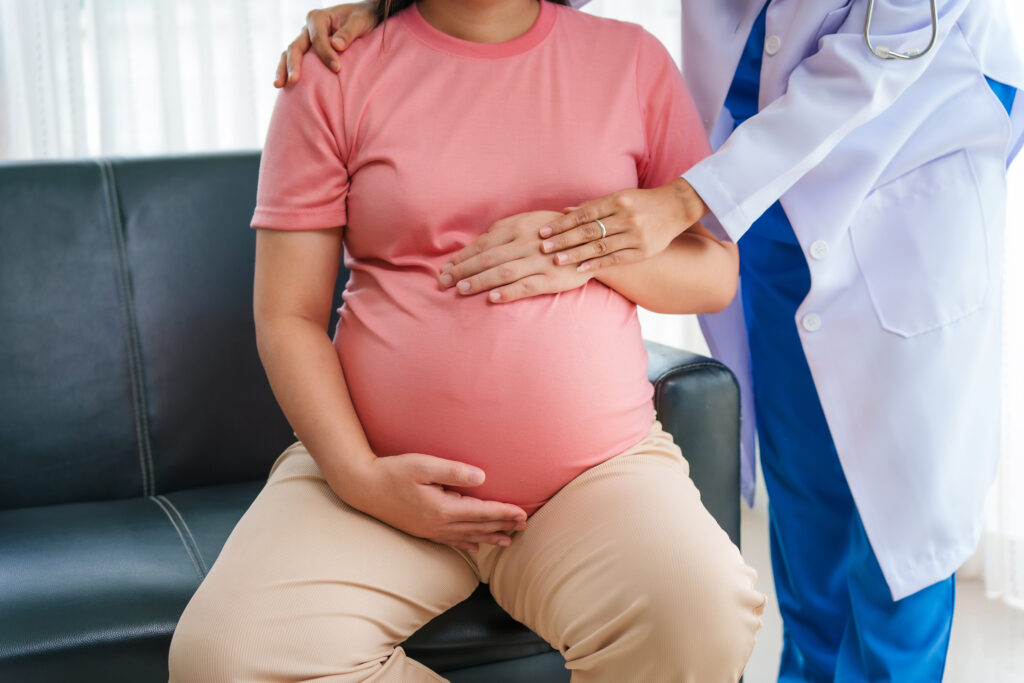Arq. Bras. Cardiol. 2025; 122(1): e20240602
Cardiac Valve Prosthesis and Pregnancy: Challenges and Strategies
This Short Editorial is referred by the Research article "Choosing a Valve Prosthesis for a Successful Pregnancy. The “Tip of the Iceberg” for a Disease of Complex Evolution".
Pregnancy in women with valvular prostheses is challenging for caregivers for several reasons. Despite advances in understanding cardiovascular physiology, the intense hemodynamic changes posed by pregnancy itself and the interactions between the mother, placenta, and fetus, along with the unique environment created by the cardiac adaptation, make management one of the most complex situations for maternal-fetal specialists and cardiologists. Add to it the need for effective and safe anticoagulation for both mother and fetus to prevent the greatest threat of valve thrombosis and dysfunction.
In this issue, a large observational and elegant study presented data on the perinatal outcomes of 128 pregnancies in women with cardiac prosthetic valves. As a single-center study, the authors sought to evaluate pregnancy outcomes and 12-month postpartum complications rate and also to compare these results between mechanical and biological prosthetic heart valves. A successful pregnancy was defined by an uneventful term birth and puerperium for both mother and newborn and occurred in 50% of the cases. At first glance, one might look at it as a half-full or half-empty glass situation. At a closer look, however, roughly half of the patients experienced cardiac complications, and one in three had at least one of the following during pregnancy: heart failure, atrial fibrillation, thromboembolism, or infective endocarditis. There were five maternal deaths, which, by any means of comparison, is an extremely high figure. Regarding obstetrical outcomes, the main findings were a high rate of spontaneous miscarriage in the mechanical prosthetic heart valves group and also a high rate of preterm birth in the bioprosthetic valve group. The overall fetal and neonatal loss rate was 30% (miscarriages, stillbirths, and neonatal deaths).
[…]
245

